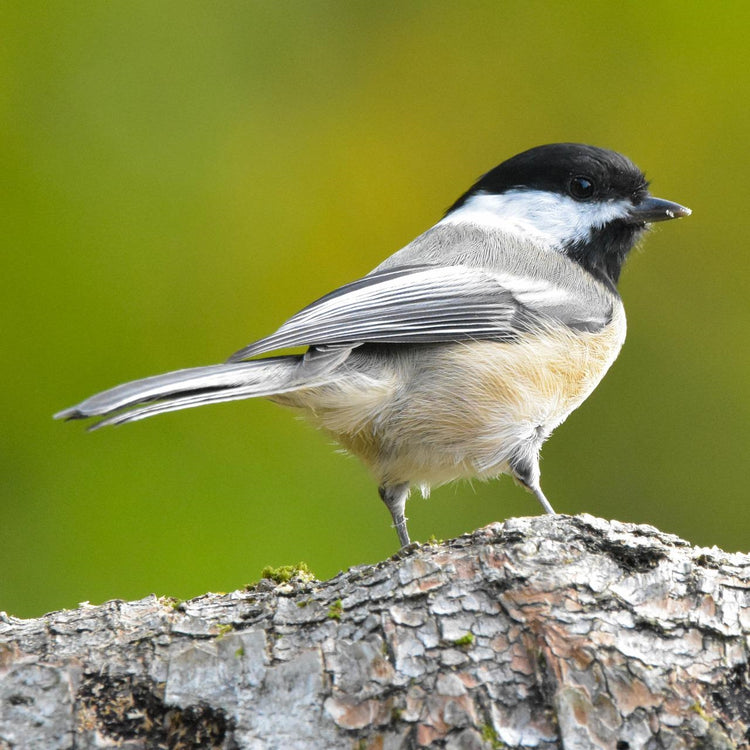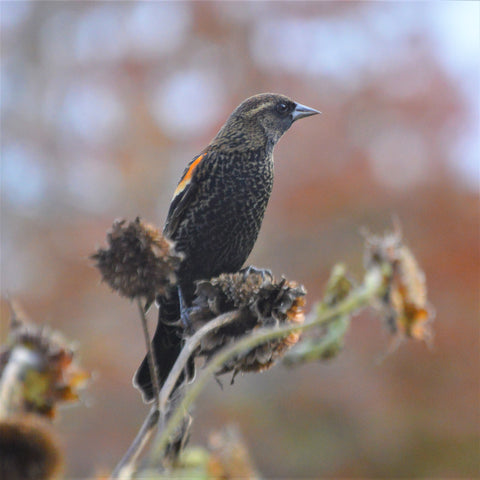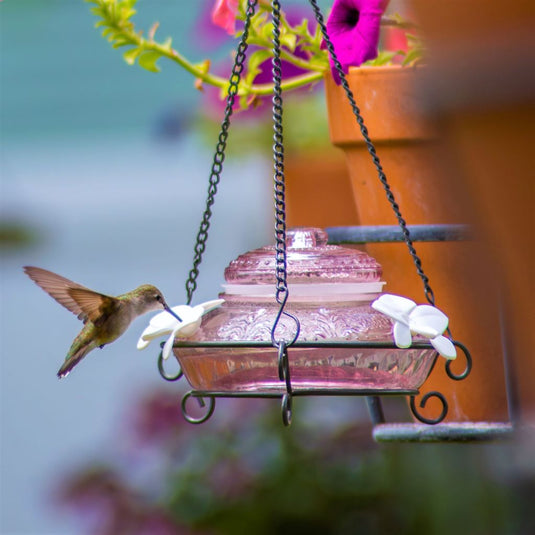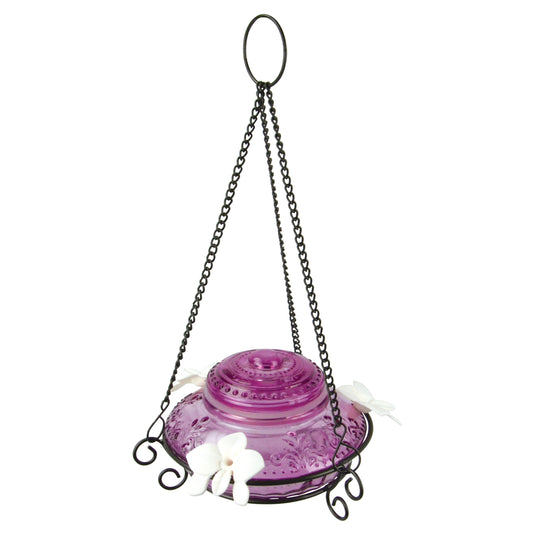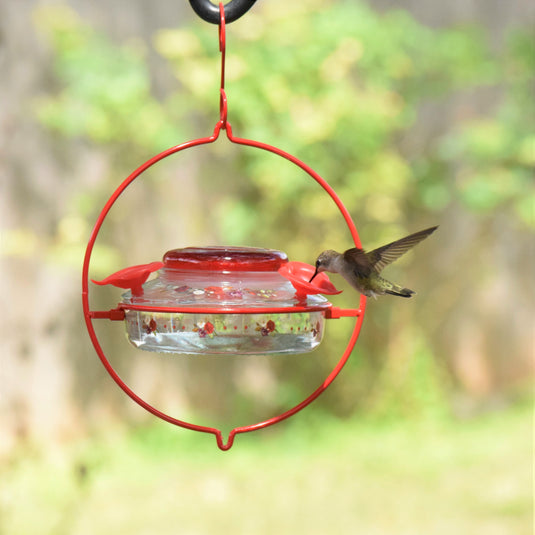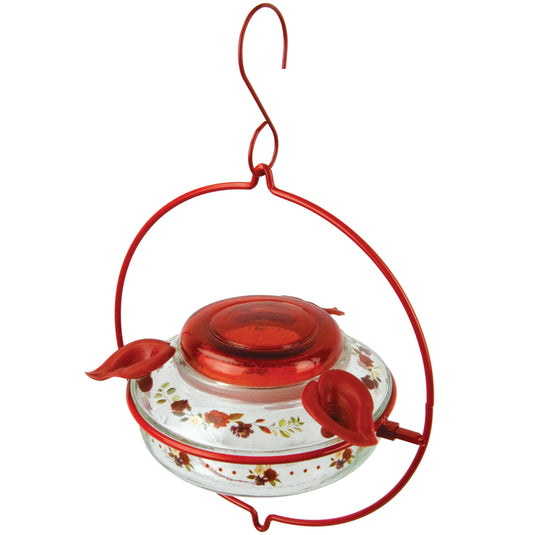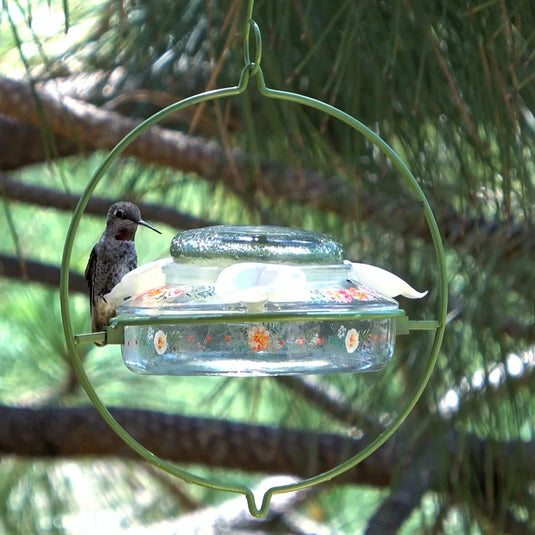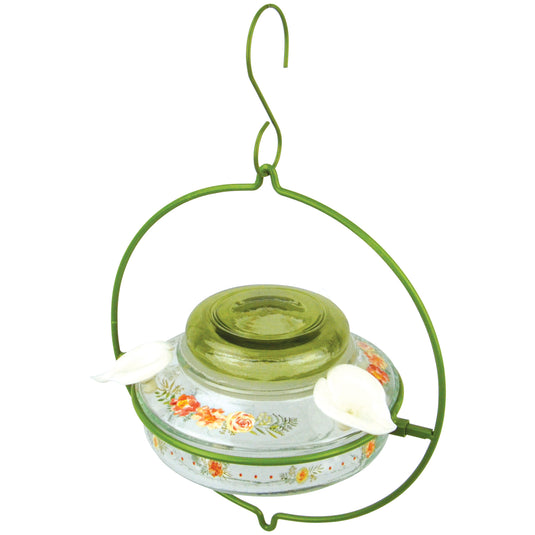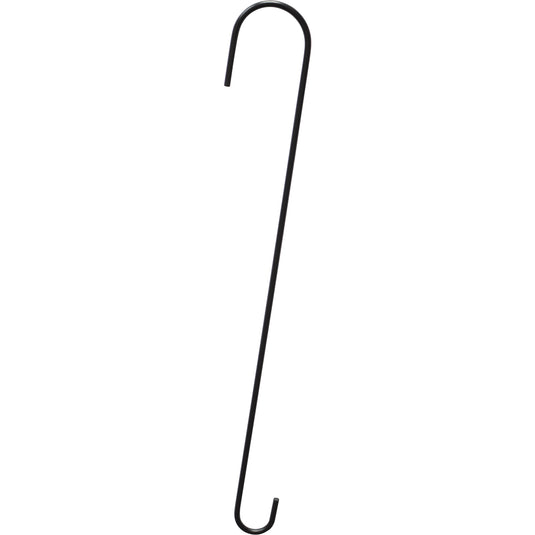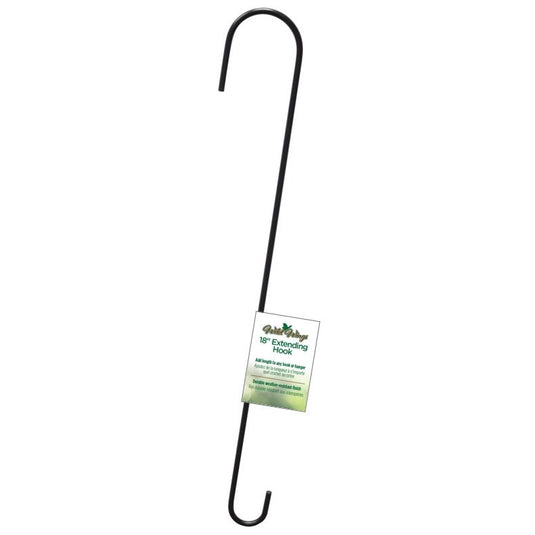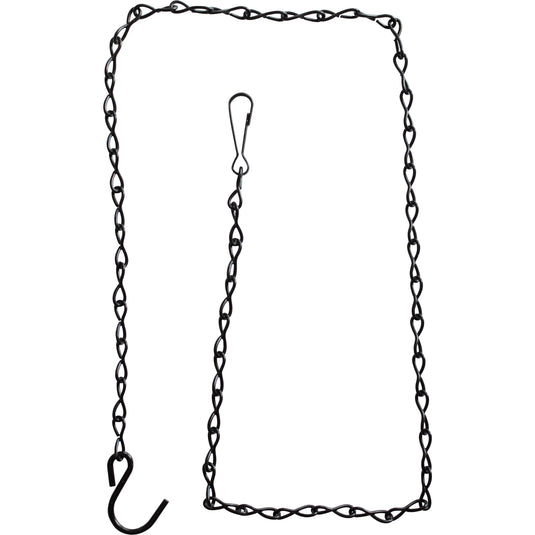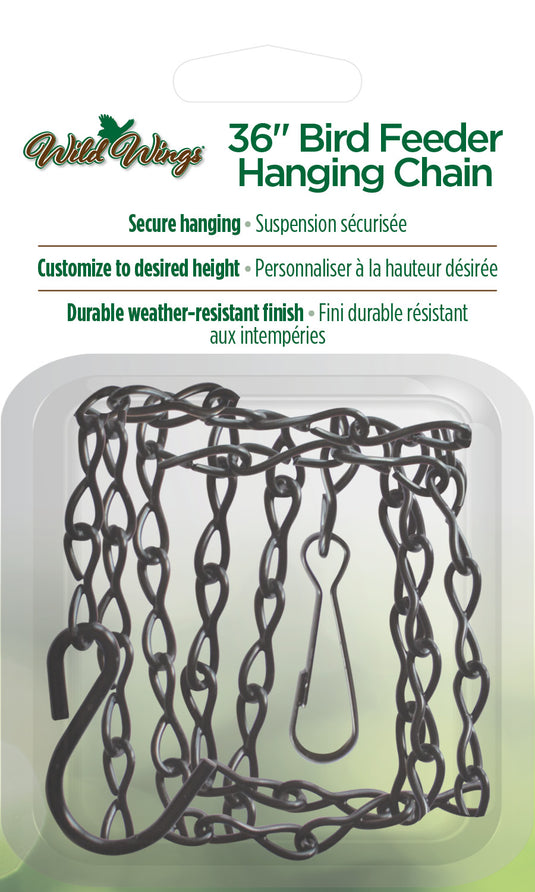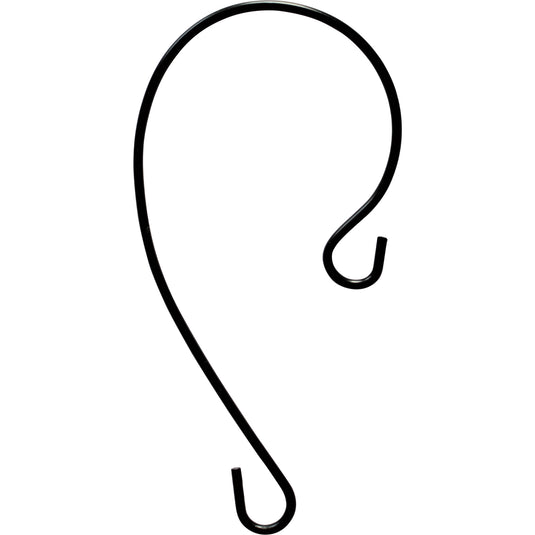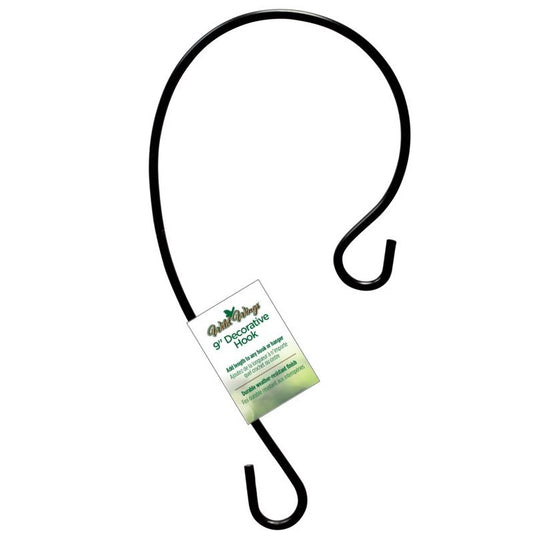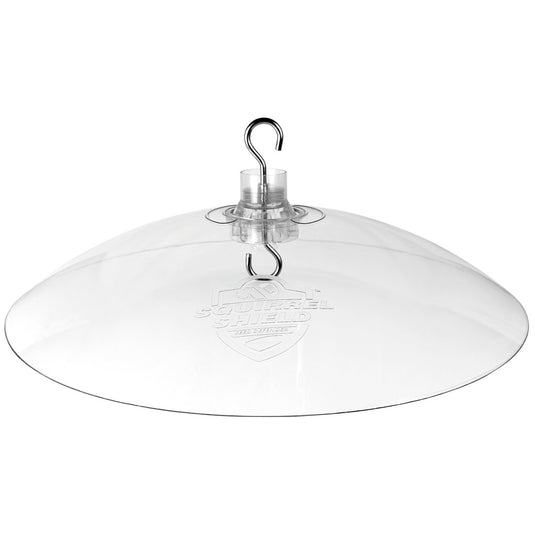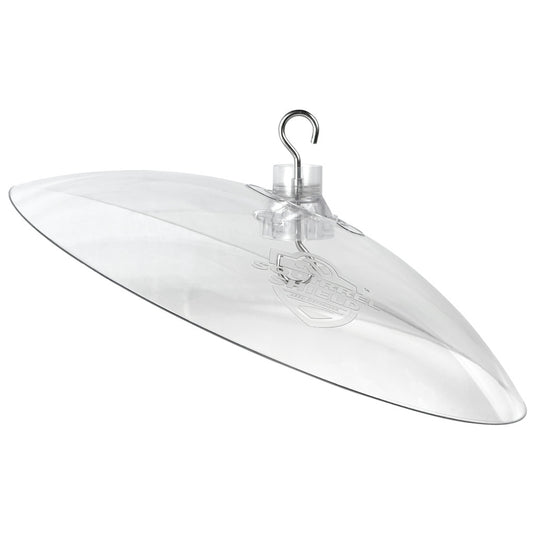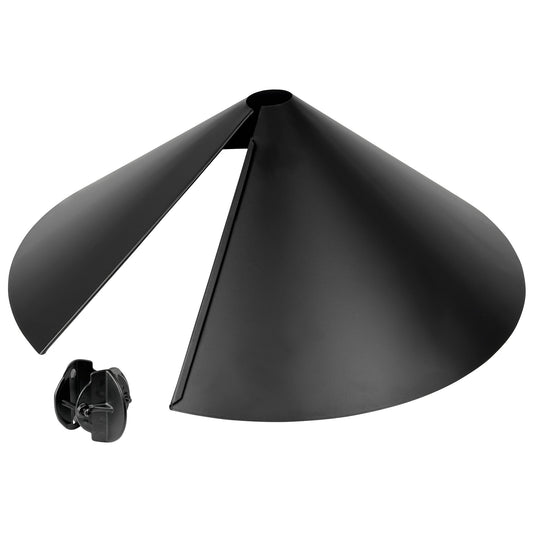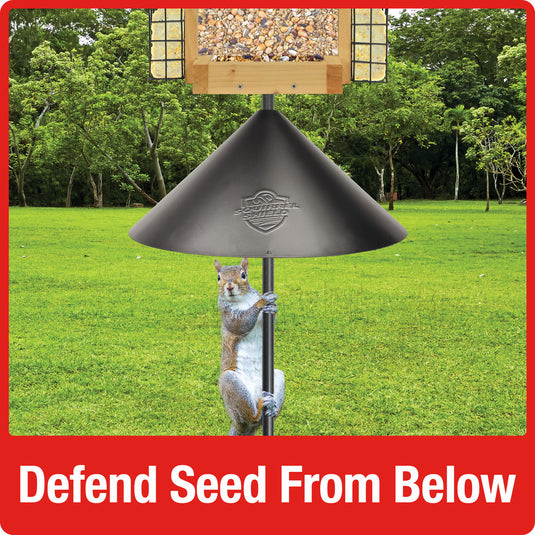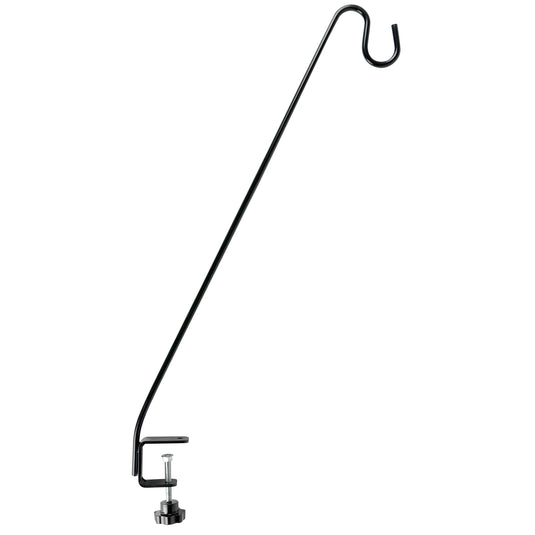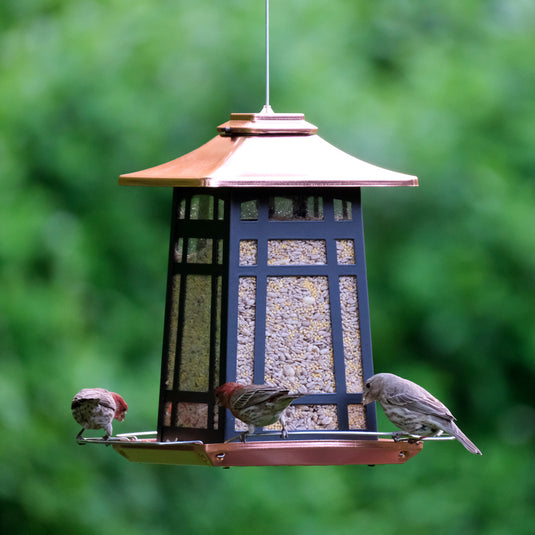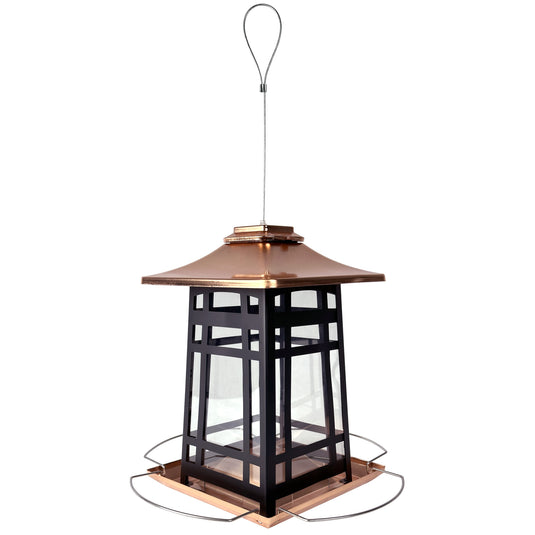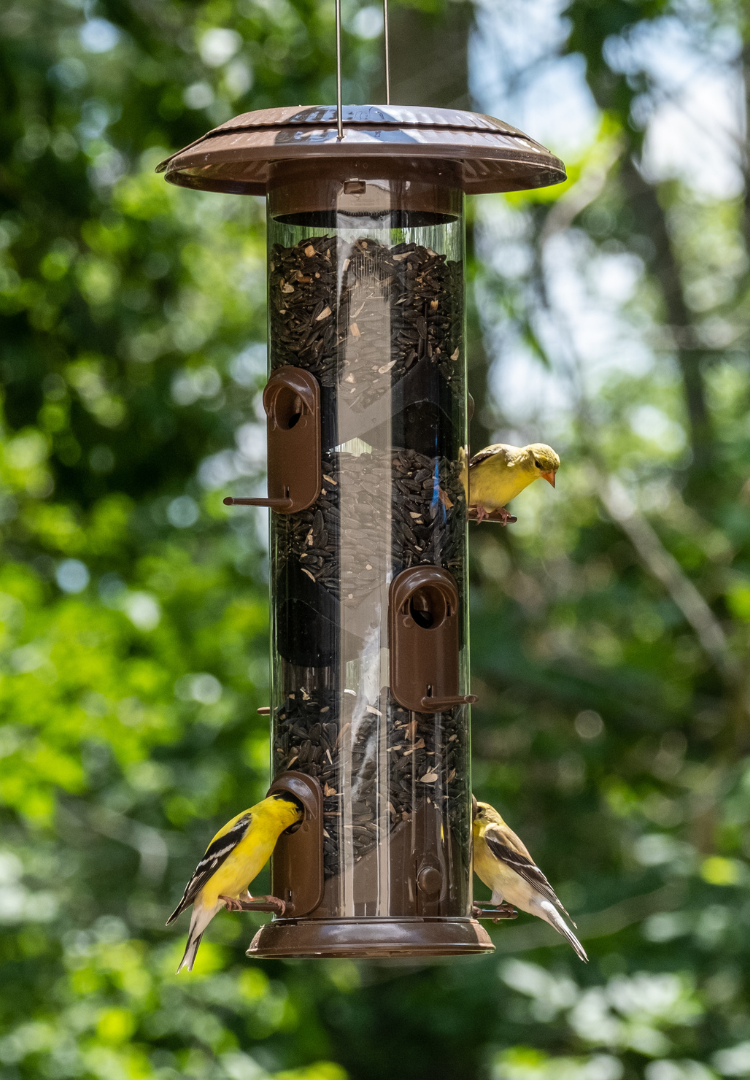Whether you’re a beginning birder or a seasoned expert, identifying the birds who visit your backyard can sometimes be a challenge. This quick guide-at-a-glance can help you identify the most common backyard birds. Then, take a deep dive into each one to learn more about their distinctive features, how to attract them, how they nest, and more!
Jump to section
Northern Cardinal
Blue Jay
Eastern Bluebird
Ruby-throated Hummingbird
Black-chinned Hummingbird
Anna’s Hummingbird
Baltimore Oriole
Red-winged Blackbird
Mourning Dove
American Goldfinch
House Finch
Downy Woodpecker
Black-capped Chickadee
Tufted Titmouse
White-breasted Nuthatch
Pileated Woodpecker
Tree Swallow
Northern Cardinal
This fairly large songbird is easily identifiable with its long tail, short thick bright orange beak, prominent crest, and long tail. Measuring between 8.3 and 9.1 inches in length with a wingspan ranging from 9.8 to 12.2 inches, the Northern Cardinal is a species with sexual dimorphism meaning the male and female have very distinct coloration. Male cardinals are a brilliant red all over with a black accent on its face directly around the bill.

Female Northern Cardinal (above left) / Male Northern Cardinal (above right).
Click here to learn more about the Northern Cardinal.
Blue Jay
A large-crested songbird with broad, rounded tail, Blue Jays measure on average 9-12 inches from bill to tail with a wingspan of 13-17 inches (smaller than crows and larger than robins). With a white or light gray underneath, various shades of blue above, and a bold black "necklace", the Blue Jay is aptly named and can bring a wonderfully vivid pop of color to your feeders. Its tail and wings are barred with black, and it has a bold white wing bar (a distinct field mark on the top of a bird's wing caused by contrasting colors on the tips of the primary and secondary coverts).

Click here to learn more about the Blue Jay.
Eastern Bluebird
Eastern Bluebirds are small, beautifully colored thrushes. Averaging between 6-8 inches in length with a wingspan ranging from 9-12 inches (slightly larger than sparrows but smaller than robins), these blue beauties are fairly easy to identify. They can often be seen perched in a somewhat "hunched" position on wires or fences in fields and open woodlands. The adult male bluebird has a vibrant blue back, head, and tail that are hard to miss, especially during breeding season. A rust colored accent across the throat and breast above the white belly clearly distinguish the Eastern Bluebird from its Mountain Bluebird relative. Female markings mimic those of the male but in more subdued hues - their "blue" can often look more like a shade of grey.

Top: Male. Bottom: Female.
Click here to learn more about the Eastern Bluebird.
Ruby-throated Hummingbird
Beating their wings on average 53 times per second, these quick little birds are a bright emerald green on the back of the head down to the tail. While both male and female have a grey-white underside, only the males have a very distinct ruby red patch on their throat. The shade of red and size of the patch can vary from bird to bird, with the feathers sometimes appearing very dark until catching the light.


Left: male. Right: female.
Click here to learn more about the Ruby-throated Hummingbird.
Black-chinned Hummingbird
These quick little birds are a dull metallic green on the back of the head down to the tail. While both male and female have a grey-white underside, only the males have a very distinct black patch on their throat. The shape and size of the patch can vary from bird to bird, with a thin iridescent purple strip at the base, sometimes unnoticeable until catching the light.


Left: male . Right: female. [Photo credits to: Joan Gellatly | Flickr & ©Marky Mutchler | Macaulay Library]
Click here to learn more about the Black-chinned Hummingbird.
Anna’s Hummingbird
At just under 4 inches in length, Anna's hummingbirds are small in comparison to other birds but in the hummingbird realm they are medium-sized and somewhat stocky. Mostly pale gray on the underside with an iridescent emerald green back, tail, and wings (sometimes also extended around the abdomen), the Anna's hummingbird is distinguishable from the Rufous hummingbird because it lacks any orange or rust-colored markings. While sometimes appearing a dull brown without direct sunlight, the male's face and throat are covered with brilliantly colored fuchsia feathers.


Left: male. Right: females.
Click here to learn more about the Anna’s Hummingbird.
Baltimore Oriole
Slightly smaller and more slender than an American Robin, Baltimore Orioles range from 6.7 to 7.5 inches in length and feature long legs, a thick neck, and long pointed bills. Adult male Baltimore Orioles have black feathers on their head and wings, bright orange tell-tale plumage on their chest and underside, and a single solid white bar on each wing. Females and immature males are a more muted yellow-orange with grayish shading on the head, and gray wings with two white bars on each wing.
Above left: A female Baltimore Oriole on a specialized jelly and orange feeder.
Above right: A male Baltimore Oriole on a specialized feeder offering nectar, jelly, and oranges.
Click here to learn more about the Baltimore Oriole.
Red-winged Blackbird
Roughly the same size as robins, breeding male Red-winged Blackbirds are pretty hard to mistake. Average length beak to tail ranges from 7-9 inches with a wingspan of 12-16 inches. True to their name, these stocky, broad-shouldered blackbirds have bold red and yellow shoulder patches on either side. The females look much different with a streaked brown and tan pattern. Nonbreeding male Red-winged black birds' pattern looks somewhat like a marriage of the two: paler, often incomplete red shoulder patches with some tan streaking showing through the black.


Left: Breeding male. Middle: Female. Right: Nonbreeding male.
Click here to learn more about Red-winged Blackbirds.
Mourning Dove
Plump-bodied and long-tailed birds with short legs, Mourning doves range from 9-13.5 inches from beak to tail with a wingspan of around 17.5 inches. These birds have a small bill, short reddish colored legs, and a head that looks small in comparison to the body. Their coloration is typically light grey and brown and generally muted in color with a dusting of larger black spots on their lower wings.

Click here to learn more about the Mourning Dove.
American Goldfinch
This small finch has a short conical bill and a short, notched tail. American Goldfinches are typically 4.5"-5" in length with a wingspan of roughly 7.5"-8.5". During early spring and summer months, breeding males have a vibrant yellow body with a black forehead and black wings with white markings above and beneath the tail. Adult females share the same color pattern but in much more dull tones that may appear more olive or tan in color.
During winter months, these birds are drab, solid olive or light brown with blackish wings and two pale wing bars. In fact, the American Goldfinches are the only finch that molts body feathers twice a year, once in late winter and again in late summer. Spotting a male Goldfinch with brightening yellow feathers in early spring is one of the welcome signs of approaching warmer months!

Left: Male. Right: Female.
Click here to learn more about the American Goldfinch.
House Finch
These small bodied finches have large beaks, shorter wings, and a comparably long slightly notched tail. Roughly 5 to 5.5 inches in length, these streaky grayish-brown finches are dimorphous, with the males distinctly marked by rosy red coloring around the face and upper breast. Coloring can vary from bird to bird as the red of a male House Finch comes from pigments contained in its food during molt. This means the more pigment in the food, the redder the male.

Pictured: Male and female.
Distinguishing between a House Finch and Purple Finch:
Although these two finch species are similar in appearance they can be distinguished quite easily in the field. Both male and female house finches sport a more slender body with a longer tail sporting a shallower notch. The male House Finch's bold coloring is more of a red-orange limited to the face and chest area while the male Purple Finch is a rosier, pink-red coloring that extends past the face and down the back. The female House Finch have a more blurred streaking pattern in the brown and tan feathers on their flanks and also a plainer face. In comparison, the female Purple Finch is coarsely streaked below and has a pronounced darker brown line down the side of the throat and a whitish eyebrow.
When identifying between similar species it is also important to note the location and time of year. While these two species do have territory overlap, Purple Finches are typically only found in the United States during non-breeding months with the exception of the Western cost and most northeastern states whereas the House Finch is found throughout most of the United States year-round.

Left: breeding male Purple Finch. Right: breeding male House Finch. Photo courtesy of The Cornell Lab of Ornithology.

Left: female/immature Purple Finch. Right: female/immature House Finch. Photo courtesy of The Cornell Lab of Ornithology.
Click here to learn more about the House Finch.
Downy Woodpecker
Ranging from 5.5 to 6.7 inches in length and featuring a straight, chisel-like bill, blocky head, and wide shoulders, the Downy Woodpecker is a small version of the standard woodpecker build. Compared to other woodpeckers, the Downy Woodpecker's bill is significantly smaller in relation to its head, however it is still a forceful tool for extracting insects from trees. Sporting a black and white checkered appearance, both males and females have a white underside, black upper wing and checkered lower wings with a boldly striped face and white stripe down the center of the back. The center of the tail is black, outlined by white border feathers that are typically lightly speckled with black spots. Males are easily differentiated by a bold red patch on the back of their heads.


Left: Female Downy Woodpecker. Right: Male Downy Woodpecker
Distinguishing between a Downy and Hairy Woodpecker:
Downy Woodpeckers are roughly two-thirds the size of Hairy Woodpeckers. Since this can be fairly hard to establish in the field, some birders use their feeders as indicator of size and scale. Another establishing feature of the Downy Woodpecker are distinguishable black bars on the white tail feathers in contrast to the all white side tail feathers of the Hairy Woodpecker. If the bird's bill is visible, the major difference in bill size. The Downy’s bill is roughly one-third the length of the bird’s head, while the Hairy’s bill is almost as long as the its head - a railroad spike in comparison. An additional, less reliable distinguishing feature is that the male Hairy Woodpecker's red patch is often split in two, while the Downy’s is not.

Left: Hairy Woodpecker. Right: Downy Woodpecker. Illustrations from the book "A Field Guide to the birds" by Roger Tory Peterson.
Click here to learn more about the Downy Woodpecker.
Black-capped Chickadee
This tiny bird has a short neck and a large head, giving it a distinctive round body shape. Chickadees measure 4.5-6 inches from beak to tail on average with a wingspan of 6-8 inches. With a gray back and white belly, these birds have a very distinct black cap and "beard" accented by white cheeks, helping make them fairly easy to identify.

Click here to learn more about the Black-capped Chickadee.
Tufted Titmouse
This small songbird has soft silvery gray feathers above and white feathers below. A black patch just above the beak and a rusty or peach-colored wash underneath the wings are helpful identifiers. Tufted Titmice are roughly 5.5"-6.3" from beak tip to tail with a wingspan of 7.9"-10.2". These birds are regular visitors to bird feeders, and can be a treat to watch, the tuft of feathers at the front of its head communicating much of its emotions and "attitude".

Click here to learn more about the Tufted Titmouse.
White-breasted Nuthatch
The largest of the nuthatches, the White-breasted nuthatch is still a small bird averaging 5" to 5.5" in length with a wingspan ranging from 8"-10.5". With gray-blue coloring on the back, a white face, and white underparts this bird features a very short tail. Typical of most nuthatches, the White-breasted nuthatch has a large head and almost no neck. Its long, narrow bill is straight or sometimes slightly upturned. Males feature a black cap that runs from the beak down the back of the neck (on females this cap is dark gray). Most commonly found in woods and woodland edges of deciduous forests, these agile birds can often be seen creeping along tree trunks and large branches, often turned sideways and upside-down on vertical surfaces as they forage.

Click here to learn more about the White-breasted Nuthatch.
Pileated Woodpecker
This large woodpecker has a long neck, a distinctive triangular red crest that sweeps off the back of the head, and a long chisel-like bill. Average length from beak to tail ranges from 16-19 inches and the wingspan can be as large as 26-29 inches. Both male and female have black bodies with white stripes on the face and neck. Males can be distinguished by the red stripe on the cheek.

Pictured: Male
Click here to learn more about the Pileated Woodpecker.
Tree Swallow
These small, streamlined songbirds have a short slightly notched tail and long pointed wings. Measuring between 4.7 and 5.9 inches in length with a wingspan ranging from 11.8 to 13.8 inches, these iridescent passerine are known for their aerial displays while foraging insects midair. Adult males have white undersides cloaked with shimmering blue-green feathers on their head and back with blackish wings and tail and a thin black eye mask. Females appearance varies only in the intensity of blue, with their feathers being somewhat duller at times with more brown feathers in their upperparts.

Click here to learn more about the Tree Swallow.

